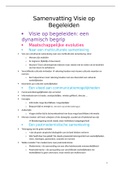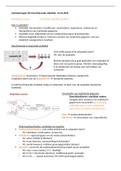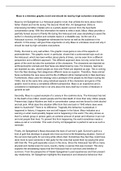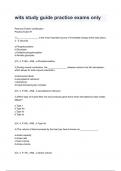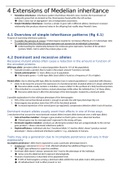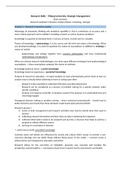College aantekeningen
Statistics I: Description and Inference Lecture and Seminar Notes (Week 1-7) - GRADE 8,5
- Instelling
- Universiteit Leiden (UL)
Notes on the lectures and seminars from the course (2021) Statistics I: Description and Inference. INCLUDES Q&A lectures, web lectures and seminar notes from week 1-7 (Total: 45 pages).
[Meer zien]





